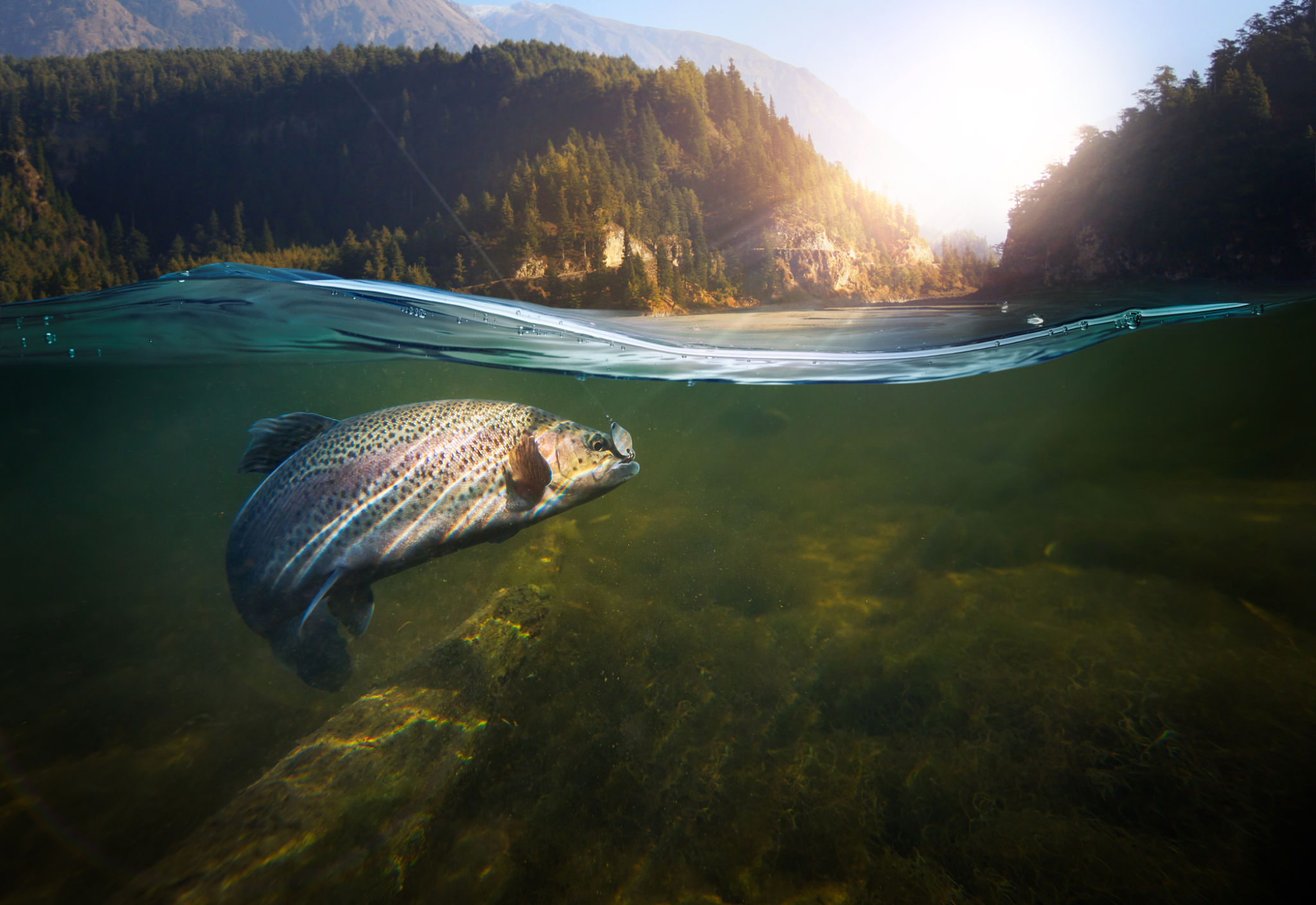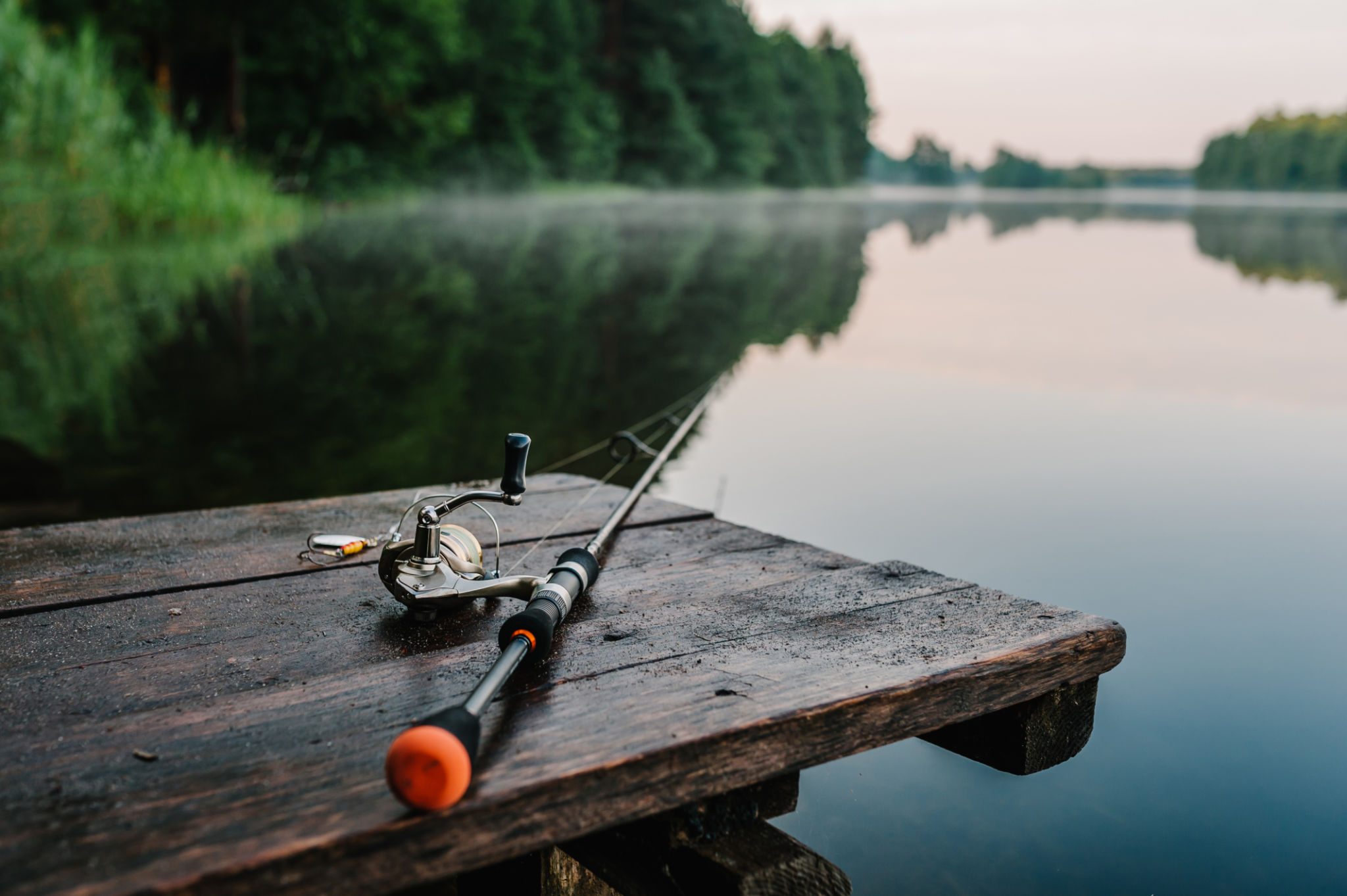The Ultimate Guide to Choosing the Best Fishing Gear for Any Adventure
When it comes to fishing, having the right gear can make all the difference between a successful day on the water and a frustrating one. Whether you're a seasoned angler or a beginner, choosing the best fishing gear is crucial for any adventure. With so many options available, it can be overwhelming to decide what you need. This guide will help you navigate the essentials for your next fishing trip.
Understanding Your Fishing Environment
The first step in selecting the right fishing gear is understanding the environment where you will be fishing. Consider whether you'll be fishing in freshwater or saltwater, as this will greatly influence your choice of gear. Freshwater fishing generally requires lighter tackle compared to saltwater fishing, where larger species and tougher conditions demand more robust equipment.
Additionally, think about the specific location, such as a river, lake, or ocean. Each setting comes with its own challenges and species, which will affect your gear selection. Knowing the local fish species and their habits can also help tailor your gear to be more effective.

Choosing the Right Rod and Reel
The rod and reel are fundamental components of your fishing setup. When choosing a rod, consider its length, power, and action. Longer rods are generally better for casting longer distances, while shorter rods provide more control. The power of the rod refers to its strength and ability to handle different weights, while the action describes how much the rod bends under pressure.
Reels come in several types, including spinning, baitcasting, and fly reels. Spinning reels are versatile and user-friendly, suitable for beginners. Baitcasting reels offer more control and precision but require some practice to master. Fly reels are specialized for fly fishing and are used in conjunction with fly rods.
Selecting the Right Line
Your fishing line is another critical component of your setup. Lines come in various materials, including monofilament, fluorocarbon, and braided lines. Monofilament is affordable and easy to handle, making it a popular choice for beginners. Fluorocarbon lines are nearly invisible underwater, ideal for clear water conditions. Braided lines offer superior strength and sensitivity, perfect for heavy cover or deep-sea fishing.

Understanding Hooks and Bait
The type of hook and bait you use can significantly impact your success rate. Hooks come in different sizes and shapes, each suited for specific types of fish. It's important to match your hook size with the bait being used and the fish species you are targeting.
Bait options vary widely from live bait like worms and minnows to artificial lures designed to mimic prey. Artificial lures come in various styles, including jigs, spinners, and soft plastics. Experimenting with different baits can help you determine what works best in your chosen environment.
Essential Accessories
Apart from the main gear components, several accessories can enhance your fishing experience. Items like tackle boxes, pliers, nets, and line cutters are essential for managing your equipment efficiently. A good quality tackle box helps keep your gear organized and easily accessible.

Don't forget about personal safety and comfort; items such as sun protection clothing, hats, and polarized sunglasses can protect you from the elements and enhance visibility on the water.
Conclusion: Tailoring Your Gear to Your Needs
Ultimately, the best fishing gear is tailored to your specific needs and preferences. By understanding your fishing environment, choosing the right rod and reel combination, selecting the appropriate line, hooks, and bait, and equipping yourself with essential accessories, you'll be well-prepared for any adventure.
Remember that experience is a great teacher; as you spend more time on the water, you'll refine your gear preferences and develop a setup that works best for you. Happy fishing!
